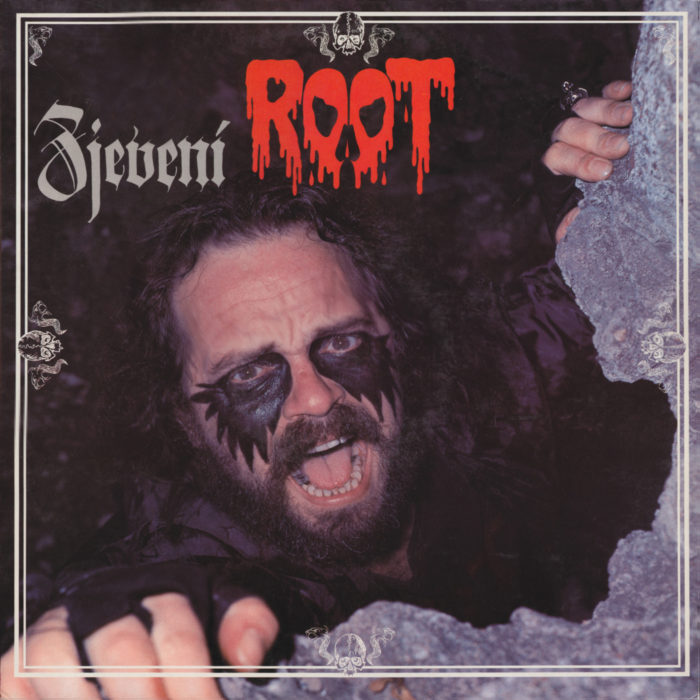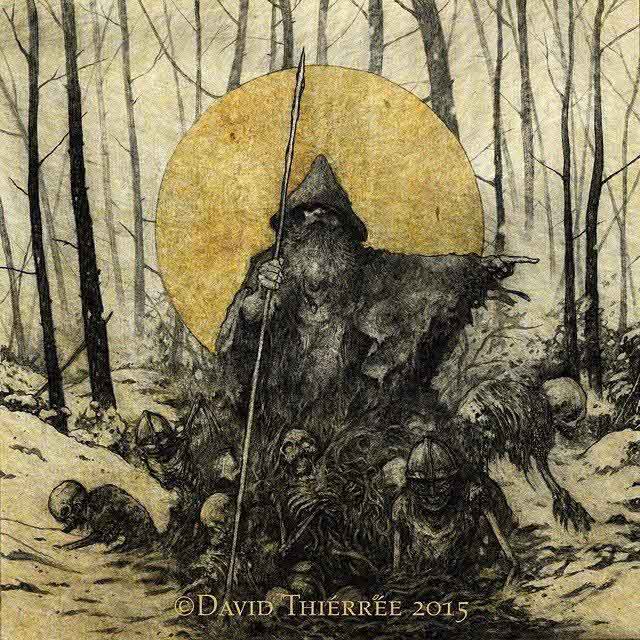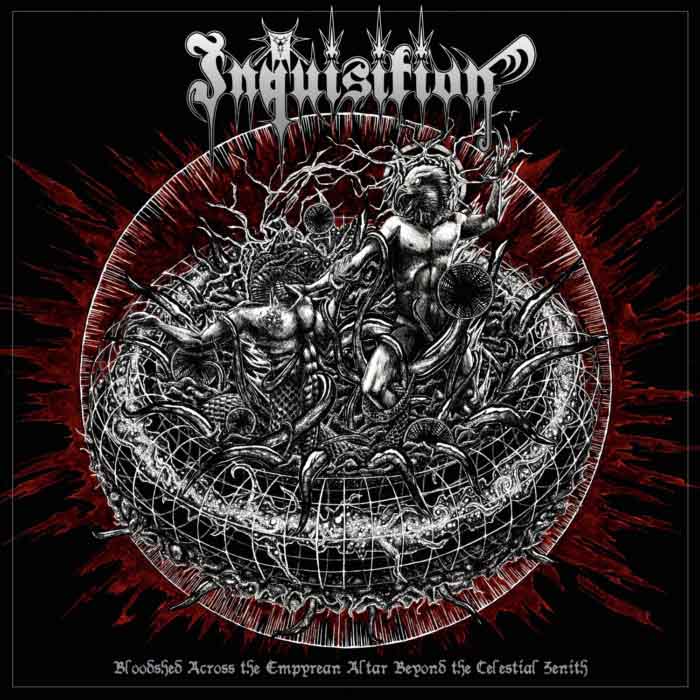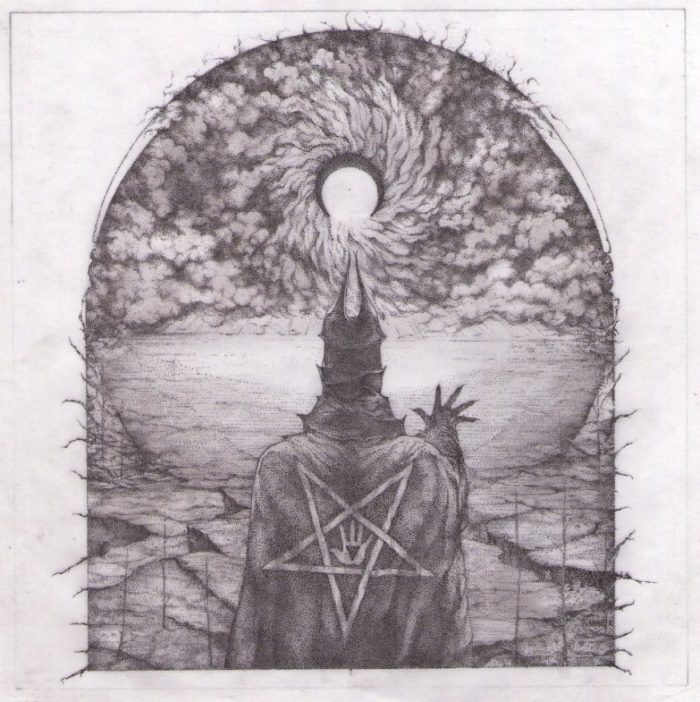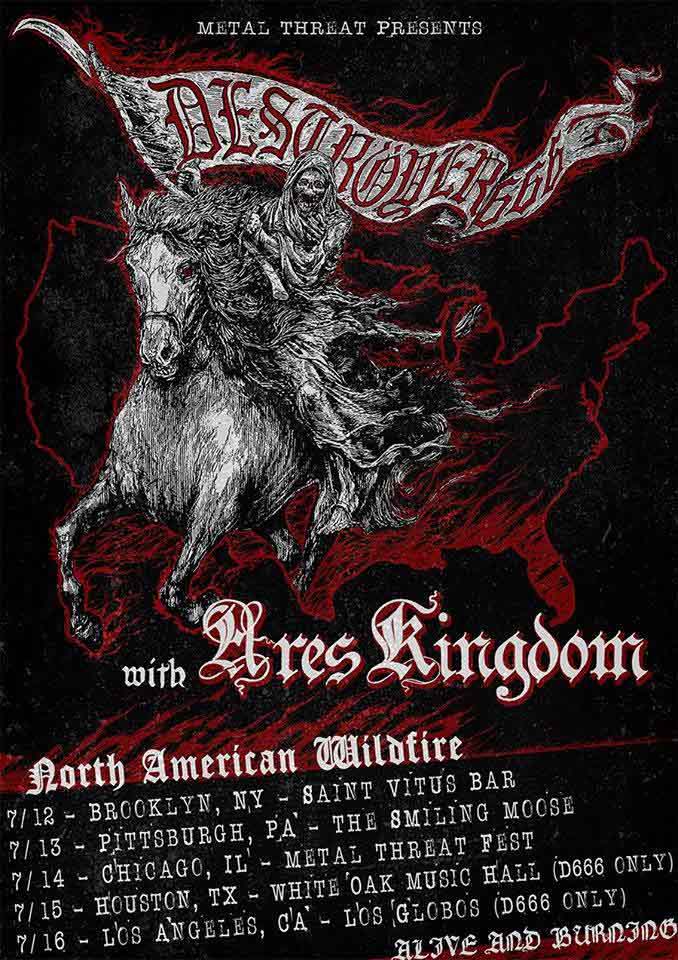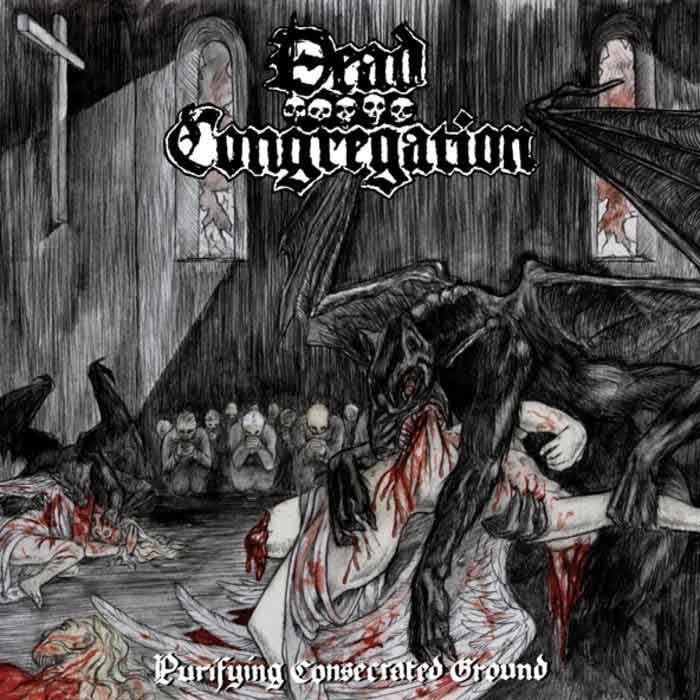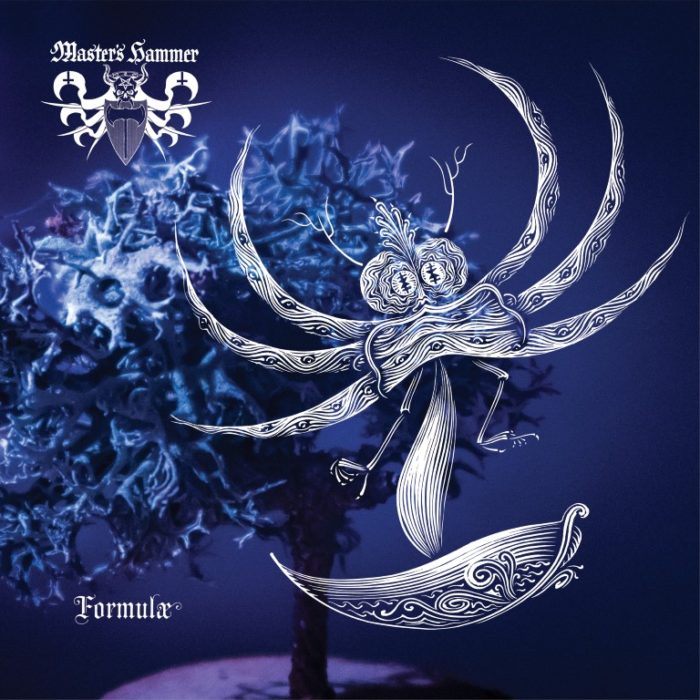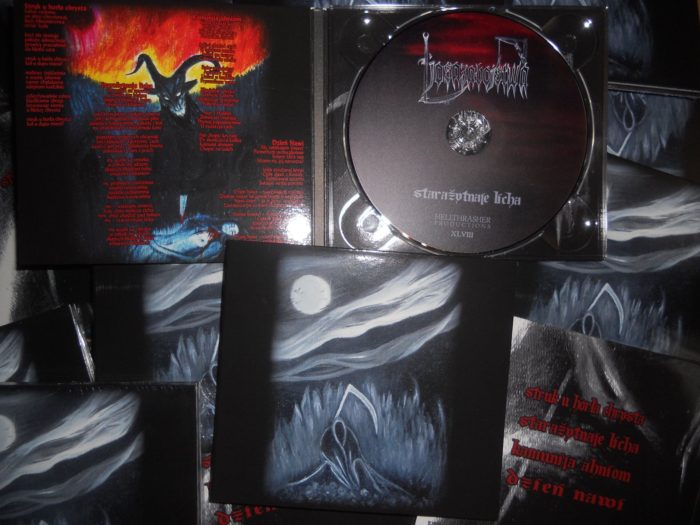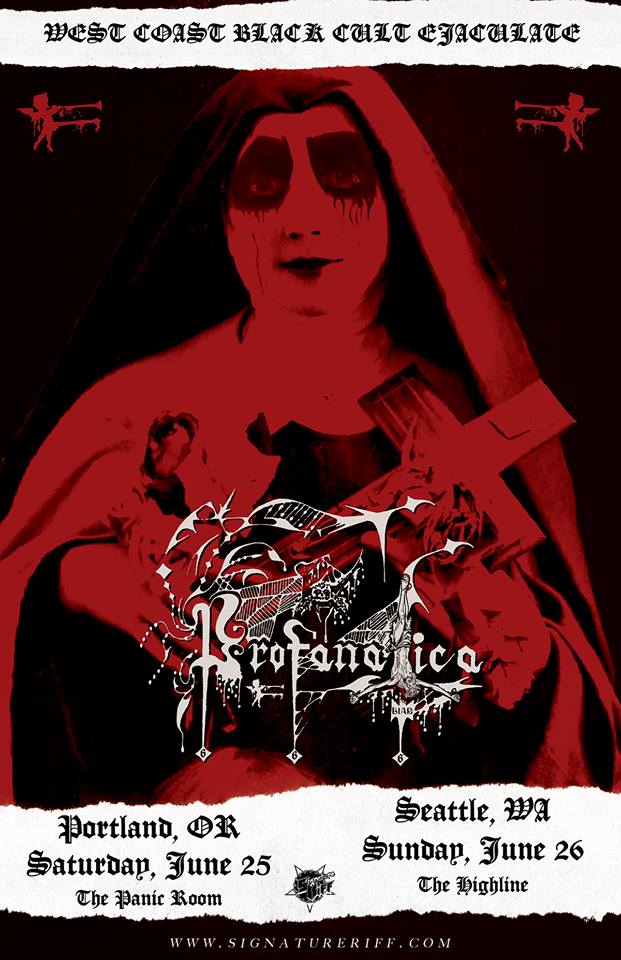Article by Lance Viggiano
Root’s Zjevení updates Merciful Fate from Halloween to haunt by exorcising the clownish camp while maintaining their high degree of theatricality. A textural treatment gives speed metal riffs a spectral significance that allows for it to have expressive power in dreary dungeons at midnight lit only by a faint moon that is slowly swallowed by black vapor. Tonally and thematically, Root sets the stage for later Greek acts such as Varathron and Rotting Christ to further develop this music through melodious – relatively speaking – ambience which expelled punk’s poltergeist.
14 CommentsTags: 1990, Black Metal, Czech black metal, Root, Speed Metal, Zjevení
